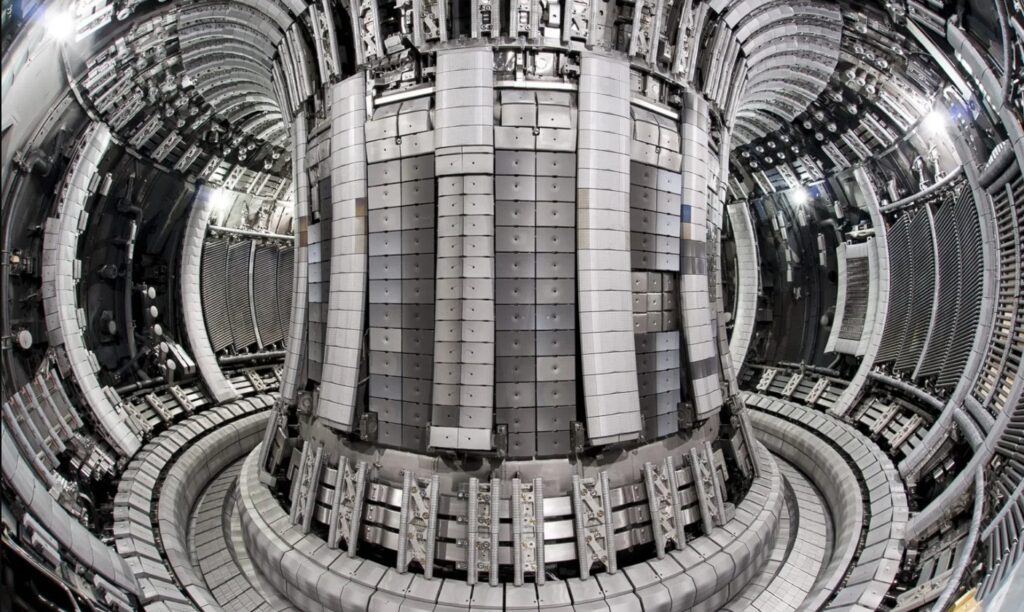About Electrolytic Nickel Plating: Electrodeposition Coating Process

Electrolytic Nickel Plating, also known as Electrodeposited Nickel or Nickel Sulfamate, describes the deposition of pure nickel onto a suitable substrate using an electrolytic bath and external electrical current. Unlike electroless nickel coatings, electrolytic nickel is an electrodeposition process where the coating is deposited onto a part’s surface by reducing nickel ions to metallic nickel through the application of direct current. This electrical process provides excellent control over coating thickness and produces highly pure nickel deposits with exceptional properties.
The process was first developed by Piontelli and Cambri in 1938, with nickel sulfamate becoming a commercially viable alternative to traditional Watts nickel plating systems in the mid-1950s and 1960s. Today, electrolytic nickel plating represents one of the most versatile and widely used metal finishing processes in industrial applications.
As with all our coating and plating processes, we are capable of servicing a wide variety of part size ranges, up to 150 inches in diameter. This includes barrel plating as well as rack/wiring with or without masking.
Why should one utilize electrolytic nickel?
Electrolytic nickel plating offers numerous advantages for engineering and industrial applications:
- 99.9% Pure Nickel Deposit – Provides superior material properties and performance
- Excellent Ductility – Ideal for crimping, flexing, and forming applications
- Low Internal Stress – Eliminates cracking, peeling, and distortion issues
- Superior Machinability – Easily machined while maintaining coating integrity
- Exceptional Solderability – Perfect for electronic and joining applications
- High Temperature Resistance – Withstands temperatures up to 1400°C (2552°F)
- Excellent Thermal Conductivity – Ideal for heat transfer applications
- Precise Thickness Control – Accurate deposition through current density management
- Cost-Effective – Lower cost compared to electroless nickel processes
- Faster Processing – Higher production rates with shorter lead times
- Excellent Underplate – Perfect base for gold, silver, tin, and other precious metals
- Build-up Capabilities – Can apply thick deposits for restoration and repair
Properties of Electrolytic Nickel (Nickel Sulfamate)
Electrolytic nickel coatings exhibit exceptional properties that make them ideal for demanding applications:
Physical Properties:
- Purity: 99.9% pure nickel deposit
- Appearance: Matte to semi-bright finish
- Structure: Columnar crystalline structure
- Density: 8.9 g/cm³
- Melting Point: 1455°C (2651°F)
Mechanical Properties:
- Hardness: 150-300 HV (as deposited)
- Tensile Strength: 400-700 MPa
- Elongation: 15-25%
- Internal Stress: 5 ksi compression to 15 ksi tension
- Excellent ductility and malleability
Electrical Properties:
- Resistivity: 6.8 microhm-cm at 20°C
- Excellent electrical conductivity
- Superior solderability without flux
Thermal Properties:
- Thermal Conductivity: 90 W/m·K
- Coefficient of Expansion: 13.4 × 10⁻⁶/°C
- Temperature Resistance: Up to melting point
Corrosion Properties:
- Good corrosion resistance in neutral environments
- Excellent barrier protection
- Enhanced performance with proper underplating
Questions & Answers
- High Purity: 99.9% pure nickel deposits provide superior properties
- Excellent Ductility: Perfect for crimping, forming, and flexing applications
- Low Stress: Eliminates cracking, peeling, and distortion problems
- Superior Machinability: Easily machined while maintaining integrity
- Exceptional Solderability: Ideal for electronic and joining applications
- Temperature Resistance: Withstands extreme temperatures up to melting point
- Cost Effective: Lower cost alternative to electroless processes
- Fast Processing: Higher production rates with shorter lead times
- Thick Build-up: Can apply substantial thickness for restoration
- Excellent Underplate: Perfect base for precious metal coatings
How Does Electrolytic Nickel Plating Work?
Electrolytic nickel plating involves immersing cleaned parts into a nickel sulfamate electrolyte bath where they serve as the cathode. Nickel anodes dissolve into the solution forming nickel ions (Ni²⁺). When direct current is applied, nickel ions travel through the solution and deposit as pure metallic nickel on the cathode surface. Thickness is controlled by current density and plating time.
What are the benefits of Electrolytic Nickel Plating?
What base materials can be finished with Electrolytic Nickel Plating?
Electrolytic nickel can be applied to a wide variety of substrates including all ferrous alloys (mild steel, stainless steels, hardened steels, tool steels), cuprous alloys (copper, brass, bronze, beryllium copper), aluminum alloys (wrought, cast, proprietary alloys), and exotic materials (Inconel, Monel, Kovar, Hastelloy). Proper surface preparation and activation are essential for optimal adhesion.
What electrolytic nickel plating thickness are possible?
Electrolytic nickel can be applied from flash thickness (0.0001″) up to substantial build-up (1″ or more). Common specifications call for 0.0005″ to 0.003″ thickness. Standard grades include Grade A (0.001″ minimum), Grade B (0.0005″ minimum), and Grade C (0.0015″ minimum). Thickness is precisely controlled through current density and plating time.
What are the typical heat treatments for improving performance post Electrolytic Nickel Coating?
Heat treatment options include stress relief at 375°F for 3+ hours (required for hardened steel substrates), adhesion improvement at 375°F for aluminum alloys, and embrittlement relief processing. Heat treatment must be performed within 4 hours of plating for steel parts with Rockwell C40+ hardness to prevent hydrogen embrittlement. Higher temperature treatments can modify grain structure and hardness properties.